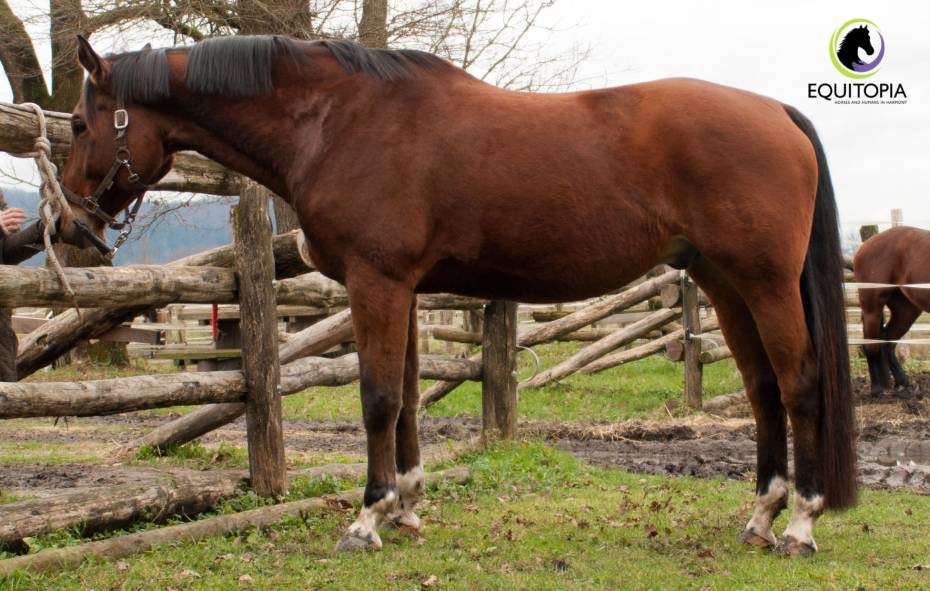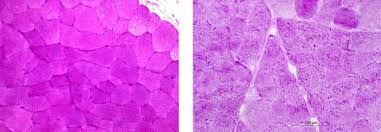DEVELOPING YOUR HORSE’S TOPLINE – THE ROLE OF NUTRITION DR CLAIR THUNES
Developing a good topline is the natural consequence of good training. By teaching the horse to move in a healthy way we are developing the muscles that are essential for carrying a rider.
When we are talking about topline, we are talking about the entire upper line of the horse’s body – about how the neck ties into the shoulder, the development of the back muscles under the saddle area, across the loin and over the rump. When the horse is lacking musculature over those areas, he is said to have a poor topline. There are a number of reasons for this, including incorrect training, an ill-fitting saddle, old age or pathologies like Cushing’s disease. If your horse is struggling to develop a nice topline despite being healthy and being trained correctly in a properly fitting saddle, perhaps it’s time to take another look at his diet. After all, nutrients are the building blocks for muscles.
CONSIDER QUANTITY AND QUALITY OF CALORIE INTAKE
Equine nutritionist Clair Thunes says there are two important questions to ask when considering the horse’s diet. First, is the horse getting enough calories? It might be as simple as the horse needing some extra energy when he’s in work. If his calorie intake is sufficient, the next thing to look at is the quantity and, even more importantly, the quality of protein in his diet. Proteins are made of different amino acids and the quality of protein depends on its amino acid make up. The horse is able to produce some amino acids in his body (non-essential amino acids), but some of them (essential amino acids) need to be a part of his diet, otherwise the process of building muscle is impaired. Protein that is high in essential amino acids is said to be high quality protein.
In the video below, Clair Thunes talks about where to look for good quality protein, what to avoid and what happens if we add too much protein to our horse’s diet.







